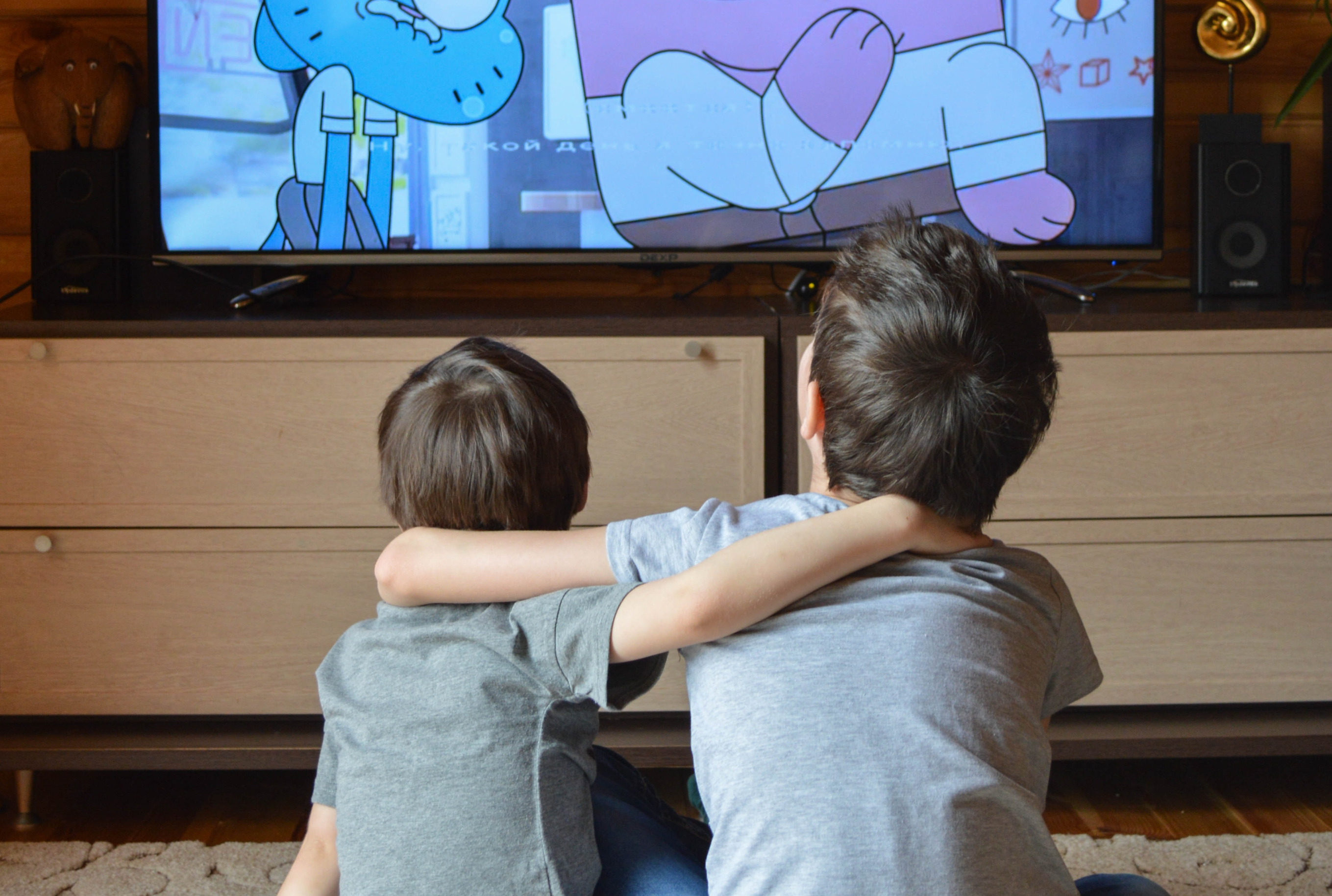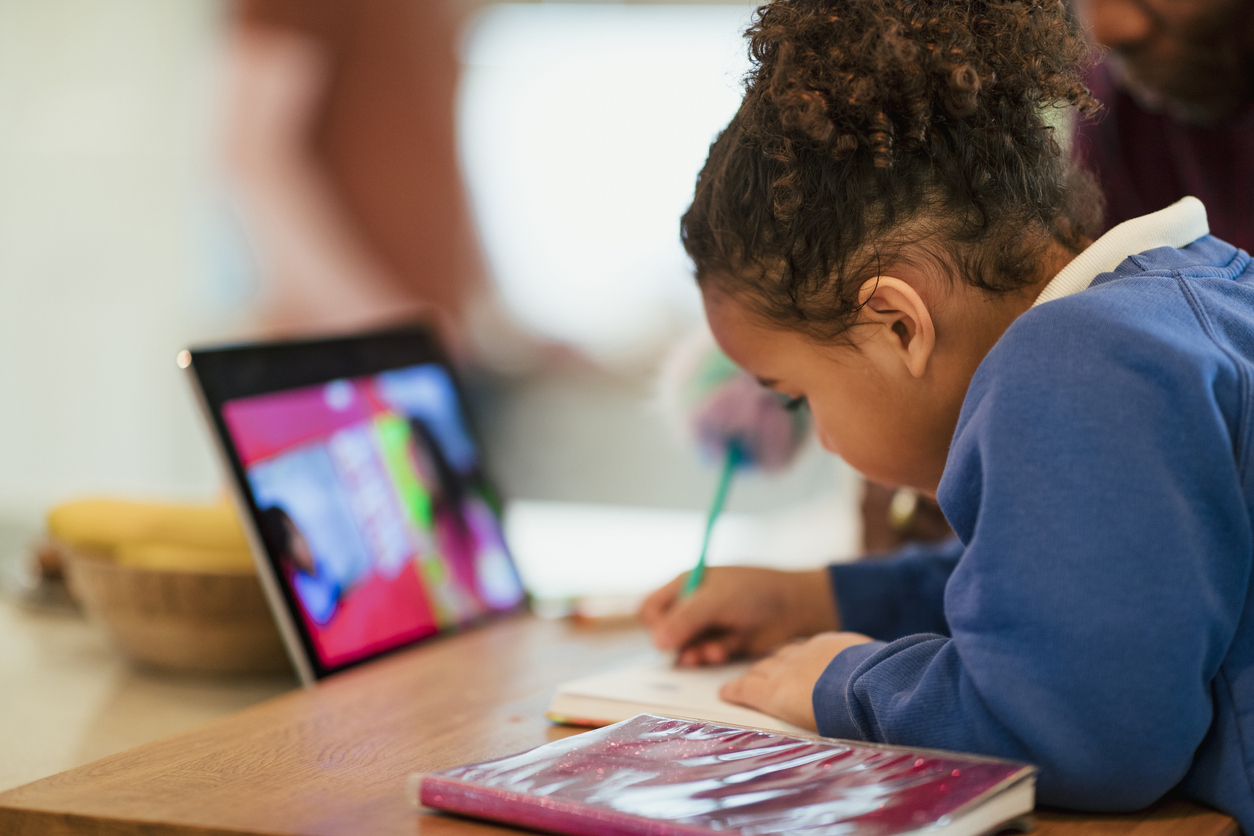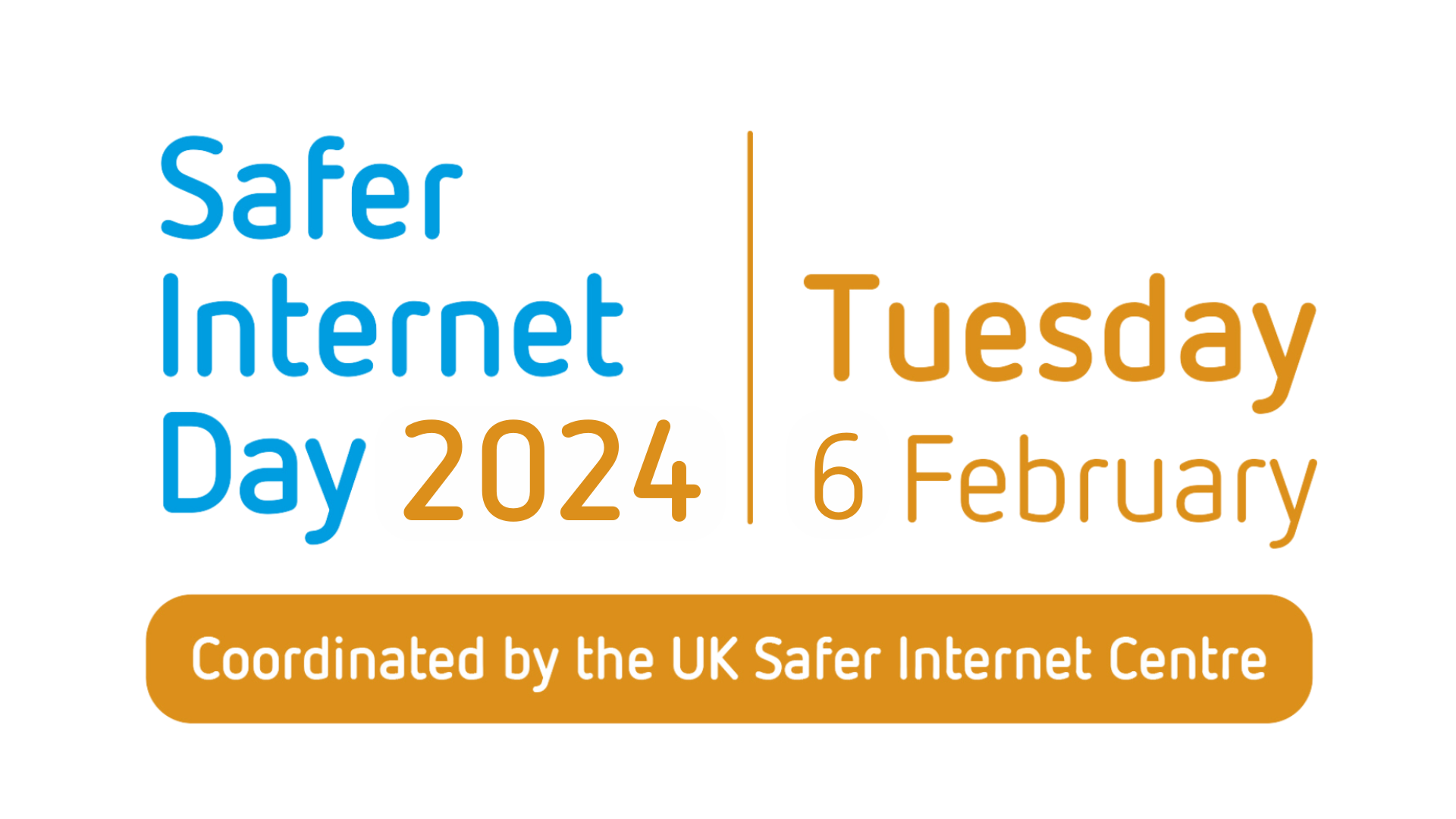Content for kids has become a pre-requisite for every major streaming service. Netflix and Disney have widely touted annual kids content spend levels in the billions of dollars.
Expressing this in different terms: general audience content is the top of the funnel for every streaming service but kids content is the retention strategy. This is broadly understood (although maybe not in such blunt terms) by the platform operators.
However, the effectiveness of any retention strategy is based on your audience actually appreciating the effort. Our data shows that despite investing heavily in content for young audiences, almost all streaming services are failing to invest in engaging with them, creating an impending churn cliff.
We surveyed 200 kids1 across the US from PopJam’s community platform and asked them a few questions.
Firstly, some data confirming the importance of kids in the streaming media world:
- 88% feel they have some influence in which streaming subscription is purchased
- 52% feel they have a lot of influence
For those who feel that kids have an exaggerated view of their own importance, on split surveys (parents and children being asked the same question), we consistently find that children underestimate their influence by about 20%.
On this basis, approximately 60% of household streaming decisions are heavily influenced by children.
However despite the accepted importance of this audience segment, it appears the streaming services are not effectively supporting them. From the same survey, over 47% of kids are watching less kids content than previously:
- 48% say this is because they’re bored of the content available
- 58.5% say it’s because they can’t find anything new to watch
One reason for this is that streaming platforms do not know how to reach this audience. Most subscription service marketing is not targeted at kids for good reason: it would put them into a highly tracked funnel designed to convert into a paying subscriber. Privacy laws like COPPA, GDPR-K, and AADC legally prohibit any behavioral marketing to children for this exact reason (personal data capture). Unlike theatrical releases, which aim at general brand impact, streaming services generally do not deploy an engagement strategy to reinforce the value of kids content with the kids themselves (often due to separate agency teams working on streaming platforms and theatrical releases).
Considering all of this data in aggregate, it appears that streaming services are at a tipping point with kids. Many have coasted to this point with a minimal kids strategy (much kids content is licensed non-exclusively). These platforms are now facing an audience critical for retention, which is getting bored of their content and yet don’t appear to have a deliberate engagement strategy in place.
The recent fortunes of Wonder Woman 1984 and Soul are a timely A/B test. In January we asked 200 kids2 (US and UK) whether they had seen ads for both movies. Over 60% of US kids surveyed felt they hadn’t seen any advertising for WW84, whereas this number was just 25% for Soul. Although exact figures haven’t been released on either, anecdotally it seems to correlate with the viewing performance for each.
User acquisition is vanity, retention is sanity. The level of positive brand value associated by young audiences with streaming platforms is going to correlate strongly with retention rates. We asked 200 children3 the rather intriguing question: ‘do you feel your streaming service cares about kids?’ Over 40% of kids said that it didn’t.
With vaccination coverage in the US and UK increasing rapidly, schools re-opening, and outdoor activity becoming more viable it’s almost certain that kids’ viewing will decrease during the second half of 2021. This physical distance will inevitably accelerate the brand disconnect that kids have with streaming services.
As I finished writing this piece, Netflix announced a global toy licensing deal with Toikido for their Back to the Outback kids IP. This is an unusual move for the streaming giant but makes absolute sense as a method of engaging their most strategic audience: kids.
1Based on a survey of 200 US children from the PopJam community platform on 2/12/21-2/13/21
2Based on a survey of 200 children from the PopJam community (US and UK) on 1/16/21-1/17/21
3Based on a survey of 200 US children from the PopJam community platform on 2/12/21-2/13/21
Editor’s note: This article was originally published in The Drum on April 26, 2021.






